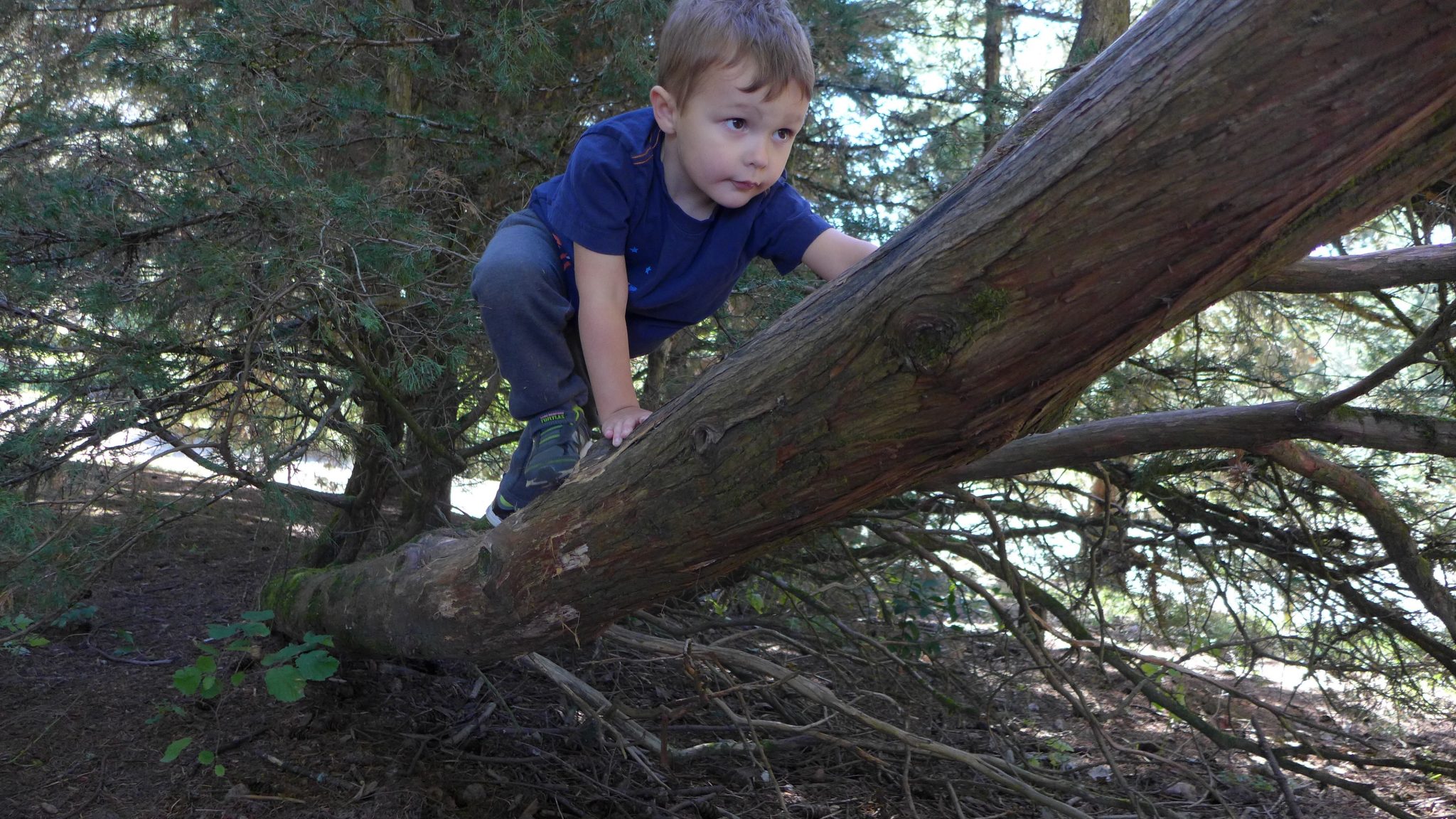What lives inside of joy?

In the days before the children arrived at school, my colleagues and I considered how to prepare the classroom environments and we developed our intentions for the year. We wondered together about the role that risk plays in the big idea of transformation, our intention for this school year.
We wondered…
- What is the relationship between risk-taking and environments that sustain creativity, imagination and the wonder of learning?
- How do we better understand children’s and families’ relationships to risk?
- How do we support children to take risks and support their discomfort?
Risk had surfaced as something that we all wondered about, as many of us had observed how risk can be either a conduit for a child’s learning or an obstacle to their learning. My colleague Kimie shared a story of a child who was briefly in her care this summer who expressed fear to go on a walk along a path in some nearby woods. Kimie listened to the child’s worry and reassured the child that she would be with her – and off they went, hand in hand. As they were walking and the path grew thick with grass and brambles, they happened upon a wasp nest, which several children observed with interest. The child commented frequently that she didn’t like being outside and wanted to go back inside. Kimie listened and offered the child a theory with her that perhaps she is still getting used to what it is like to go exploring outside and that, little by little, she is making friends with the experience. She acknowledged that it might feel a little scary at first when we try something new, but that, with time, the feelings will change. Kimie then shared with us that when they returned from the walk, the child was like a different person–her voice growing with more confidence day by day over the course of the week. The risks she was taking really were transformative.
In the days that followed as I thought about this child and others that I have known, I wondered, what supports a child to embrace their fear and move through it to engage with the world in a new way? I am certain that trust and being in relationship are important components. But I wondered about something else as I turned these thoughts, questions and connections over in my mind. I thought about a banner that hangs in my classroom, inspired by one that hangs in the Diana School in Reggio Emilia, Italy, that says,
Nothing without joy.
I wondered, what is the relationship between joy and taking risks and transformation?
I realized what a simple yet profound and complex idea the banner from Reggio Emilia offers to all of us. I wonder what connections both parents and educators who visit my classroom find when they read these words.
I thought about joy and what conditions are needed to experience joy. Sociologist Brene Brown’s TED Talk came to mind. In this talk, she says, “Vulnerability is the birthplace of love, belonging, joy, courage, empathy, and creativity. It is the source of hope, empathy, accountability, and authenticity.” She goes on to say, “We cannot selectively numb emotions. When we numb the painful emotions, we also numb the positive emotions.”
So when we invite joy into the classroom, we must also invite and allow every other emotion into our school experience as well, and vulnerability lies at the heart of this. I wonder if joy is more complex than some other emotions? Does it have some of those components that we think of as opposites (pain, sadness, fear) already living inside of it? I think back to Kimie’s story of the child who was afraid of going outside into nature. The child allowed herself to be vulnerable and shared that she was afraid. Kimie listened and invited the fear and vulnerability along for the stroll. The experience offered the child lots of challenge, but her attentive and reassuring manner allowed the risk to stay low. And, in the process, she found courage and joy. This child now knows a little more about herself, her ability to share and feel vulnerable but not let those feelings become obstacles to taking a chance to learn about something new and experience joy as a result.
As so often happens, taking a moment to reflect on these ideas, leads to more questions which I am now asking.
What is the role of risk, both in children’s engagement and their experiencing joy?
In the context of learning, are joy and risk dependent on one another?
I think about times in my own life where I have taken on a challenge which felt risky and vulnerable and how joyful and triumphant I felt when I took the chance. Have you had this experience or observed this in the children in your care?
